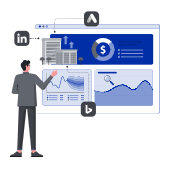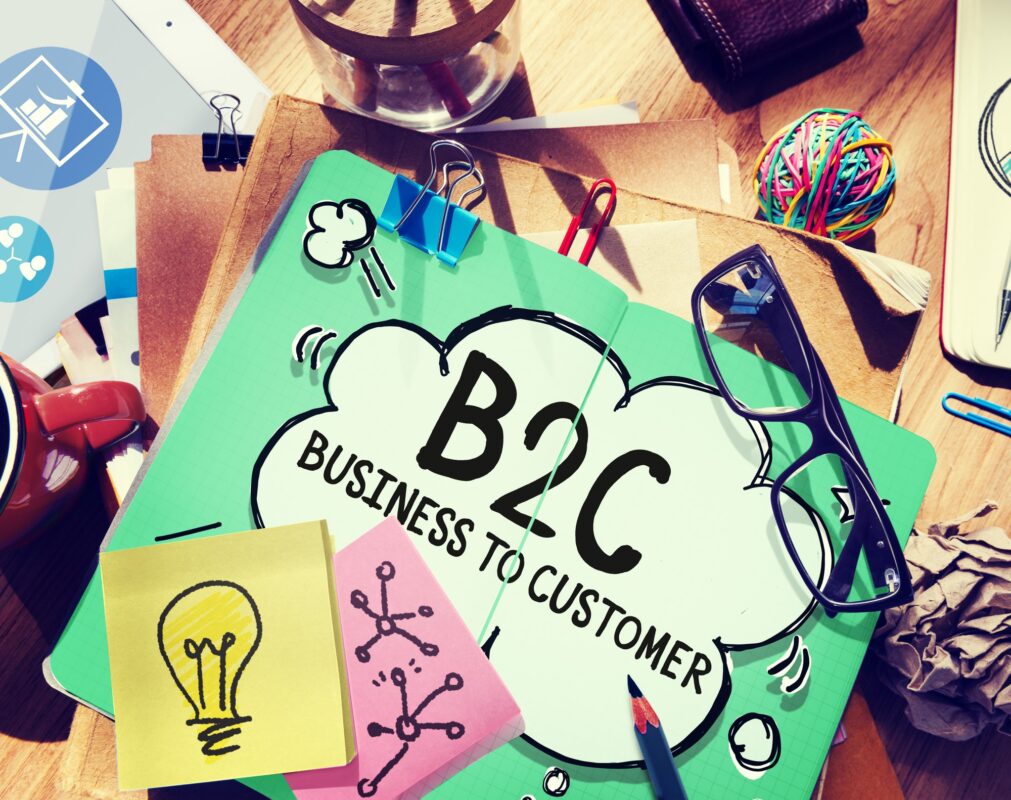Discover B2B SEM strategies to boost your ROI in 2025. This guide covers AI-driven targeting, voice search optimization, ABM, and more to maximize your SEM efforts.
As we look ahead to 2025, B2B Search Engine Marketing (SEM) continues to evolve, offering new opportunities and challenges. With increasing competition and changing buyer behaviors, businesses must adopt innovative strategies to stay ahead. Whether you’re targeting decision-makers or optimizing for emerging technologies, a well-executed SEM strategy can significantly boost your ROI.
In this blog, we’ll explore B2B SEM strategies to boost your ROI in 2025. From AI-driven targeting to voice search optimization, we’ll cover everything you need to maximize your SEM efforts. Let’s dive in!
Why B2B SEM Matters in 2025
B2B SEM is more than just paid ads—it’s about reaching the right audience at the right time. Here’s why it’s crucial:
- Targeted Traffic: SEM allows you to reach decision-makers actively searching for your solutions.
- Measurable Results: Track clicks, conversions, and ROI in real-time.
- Competitive Edge: Outrank competitors in search engine results.
- Scalability: Adjust your budget and campaigns based on performance.
In short, B2B SEM is a must-have for businesses looking to grow in 2025.
Step 1: Leverage AI and Machine Learning
AI and machine learning are transforming B2B SEM, offering smarter targeting and optimization.
1. Automated Bidding
- Use AI-driven bidding strategies like Target CPA or Target ROAS to maximize conversions and ROI.
- Let algorithms adjust bids in real-time based on performance data.
2. Predictive Analytics
- Use tools like Google’s Performance Planner to forecast campaign performance.
- Identify high-value keywords and audiences before they become competitive.
3. Dynamic Ads
- Create personalized ads that adapt to user behavior and preferences.
- Use AI to test different ad variations and optimize for the best results.
Pro Tip: Use Google Ads’ Smart Campaigns to automate ad creation and optimization.
Step 2: Optimize for Voice Search
Voice search is growing rapidly, and B2B marketers need to adapt.
1. Target Conversational Keywords
- Focus on long-tail, natural language keywords.
- Example: Instead of “CRM software,” target “What is the best CRM software for small businesses?”
2. Create FAQ Content
- Develop content that answers common questions in a conversational tone.
- Use structured data (schema markup) to enhance visibility in voice search results.
3. Optimize for Local Search
- Ensure your business information is accurate and consistent across directories.
- Use local keywords to target voice searches like “CRM software near me.”
Pro Tip: Use tools like AnswerThePublic to identify common voice search queries.
Step 3: Implement Account-Based Marketing (ABM)
ABM is a powerful strategy for B2B SEM, focusing on high-value accounts.
1. Identify Target Accounts
- Use firmographic data (industry, company size, revenue) to identify ideal accounts.
- Leverage tools like LinkedIn Sales Navigator or ZoomInfo for prospecting.
2. Create Personalized Ads
- Tailor ad copy and landing pages to specific accounts.
- Use dynamic ads to automatically insert the account’s name or industry.
3. Track and Measure
- Use UTM parameters to track account-specific campaigns.
- Measure engagement and conversions for each account.
Pro Tip: Use Terminus or Demandbase to streamline your ABM efforts.
Step 4: Leverage LinkedIn Ads
LinkedIn is a goldmine for B2B SEM, offering highly targeted advertising options.
1. Target by Job Title and Industry
- Reach decision-makers like CEOs, IT managers, or procurement officers.
- Focus on industries relevant to your product or service.
2. Use Sponsored Content
- Promote blog posts, case studies, or whitepapers to build credibility.
- Use carousel ads to showcase multiple products or features.
3. Run Lead Gen Forms
- Use LinkedIn’s lead gen forms to capture contact information directly on the platform.
- Pre-fill forms with LinkedIn profile data to reduce friction.
Pro Tip: Use LinkedIn Campaign Manager to track performance and optimize your campaigns.
Step 5: Optimize for Mobile
With over 60% of B2B buyers using mobile devices, mobile optimization is a must.
1. Use Responsive Design
- Ensure your landing pages and ads look great on all devices.
- Test your design on multiple screen sizes and browsers.
2. Simplify Forms
- Use fewer fields and autofill options to make forms mobile-friendly.
- Offer alternative contact methods, like click-to-call buttons.
3. Optimize for Speed
- Compress images and use AMP (Accelerated Mobile Pages) for faster loading.
- Minimize redirects and eliminate pop-ups.
Pro Tip: Use Google’s Mobile-Friendly Test to check your website’s mobile performance.
Step 6: Focus on Video Ads
Video content is becoming increasingly popular in B2B marketing.
1. Create Explainer Videos
- Use videos to explain complex products or services in a simple, engaging way.
- Highlight key features, benefits, and use cases.
2. Run YouTube Ads
- Use TrueView ads to reach a broader audience on YouTube.
- Target specific demographics, interests, and keywords.
3. Leverage LinkedIn Video Ads
- Share videos directly on LinkedIn to engage decision-makers.
- Use video ads to showcase customer success stories or product demos.
Pro Tip: Use tools like Animoto or Vyond to create professional-quality videos.
Step 7: Monitor and Adjust
SEM is an ongoing process. Regularly monitor your campaigns and make adjustments to maximize ROI.
1. Track Key Metrics
- Monitor CTR, CPC, conversion rates, and ROI.
- Use tools like Google Analytics or HubSpot for detailed insights.
2. A/B Test Everything
- Test different ad copy, landing pages, and CTAs to see what works best.
- Use tools like Google Optimize or VWO for easy testing.
3. Refine Your Strategy
- Reallocate budget to high-performing campaigns.
- Pause or adjust underperforming ads.
Pro Tip: Set up automated alerts to notify you of significant changes in performance.
Conclusion
B2B SEM is a powerful tool for driving targeted traffic and boosting ROI in 2025. By leveraging AI, optimizing for voice search, and implementing ABM, you can maximize your SEM efforts and stay ahead of the competition.
Remember, SEM is an ongoing process. Regularly monitor, test, and refine your campaigns to ensure they’re always performing at their best. With the right strategies, you can turn your B2B SEM efforts into a significant driver of growth and success. You can contact us for a B2B SEM plan; we will handle everything for you.











